The question of whether Australia can support three frequent flyer programs has recently come to light. This is due to the impending launch of Regional Express (REX) onto the Golden Triangle route, significantly expanding its market presence from what is predominantly a regional and rural footprint.
To complement this expansion, Rex has also announced that they will launch an individual frequent flyer program in addition to their current Rex Business Flyer program.
This Editor’s View will take a closer look at Rex’s entry into the golden triangle market and whether their mooted frequent flyer program will be a required necessity for the airline to effectively compete.
History of airline frequent flyer programs
Australian frequent flyer programs were introduced in the early nineties, with Qantas Frequent Flyer leading the way, followed closely by Ansett Frequent Flyer, later renamed as Ansett Global Rewards.
Clearly, only one of these programs have survived, however, in 2005, the then Virgin Blue introduced Velocity Rewards, now called Velocity Frequent Flyer which is Virgin Australia’s frequent flyer program.
Qantas Frequent Flyer has always been a comprehensive program, offering the ability to earn and redeem points with Qantas, Jetstar and associated partners, along with status levels that reward its most loyal members.
In contrast, Velocity Rewards originally started as a basic program, where Velocity Points could be earned and redeemed for flying with Virgin Blue and associated partners. Around the time of Virgin Blue upgraded from a budget airline to full-service Virgin Australia, Velocity Rewards got a similar upgrade to become Velocity Frequent Flyer.
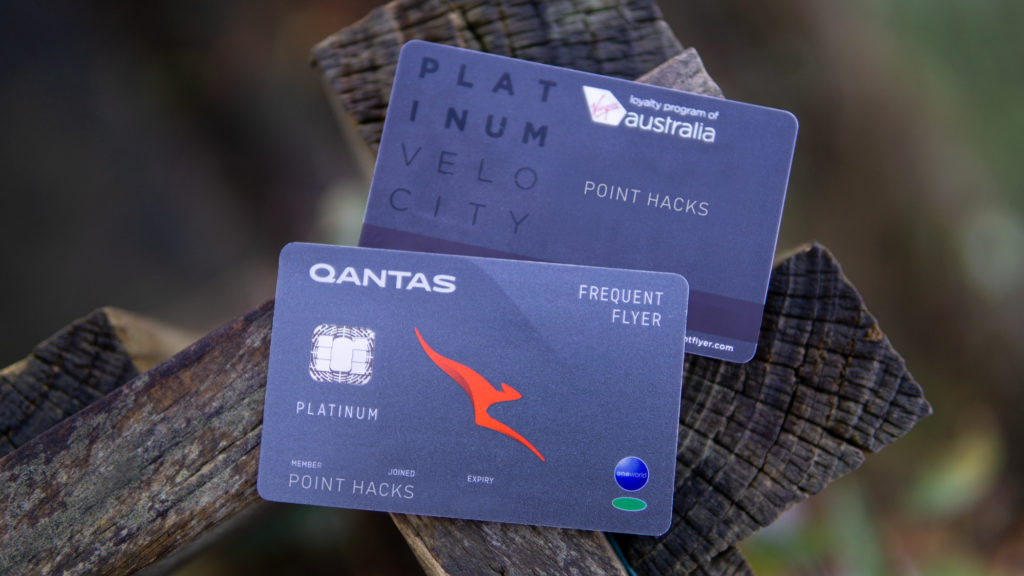
The new program introduced an expanded international partner network, greater opportunities to earn and redeem points through such features as the Velocity e-Store and Velocity Rewards Store, and introduced status levels to reward loyal Velocity members.
Whether Rex looks to start out as a basic frequent flyer program or one that is more comprehensive in line with the Qantas and Velocity programs is yet to be seen.
Obstacles to expanding for Rex
Rex currently holds a dominant position in many regional and rural routes, many of them operated as a monopoly route thereby commanding high-profit margins.
However, their efforts to expand the route map to include most capitals in Australia is not without risk to their healthy margins.
Australia’s Qantas Group and Virgin Australia currently have a lock on capital city routes that Rex is targeting, including the heavily trafficked golden triangle route. Rex will need to provide a compelling reason for the travelling public to choose them over the established incumbents.
The current obstacles faced by Rex include:
- All segments of the market are currently catered for, with both Qantas and Virgin Australia covering the business and leisure sectors, Jetstar and Virgin Australia the budget sector and Qantas the corporate sector. So wherever Rex places itself in the market, mooted to be a mid-market offering, it will be up against a larger and more established player
- The lack of a frequent flyer program could work as a disadvantage for Rex, as 12 million+ and 10 million+ members of the Qantas and Velocity Frequent Flyer respectively may well be swayed towards their respective airlines should all other aspects of the ticket fare be similar to what Rex offers
- While Rex has some small lounges in Sydney, Melbourne and Adelaide, they fall far short of being able to compete with both Qantas and Virgin Australia’s more comprehensive domestic lounge network.
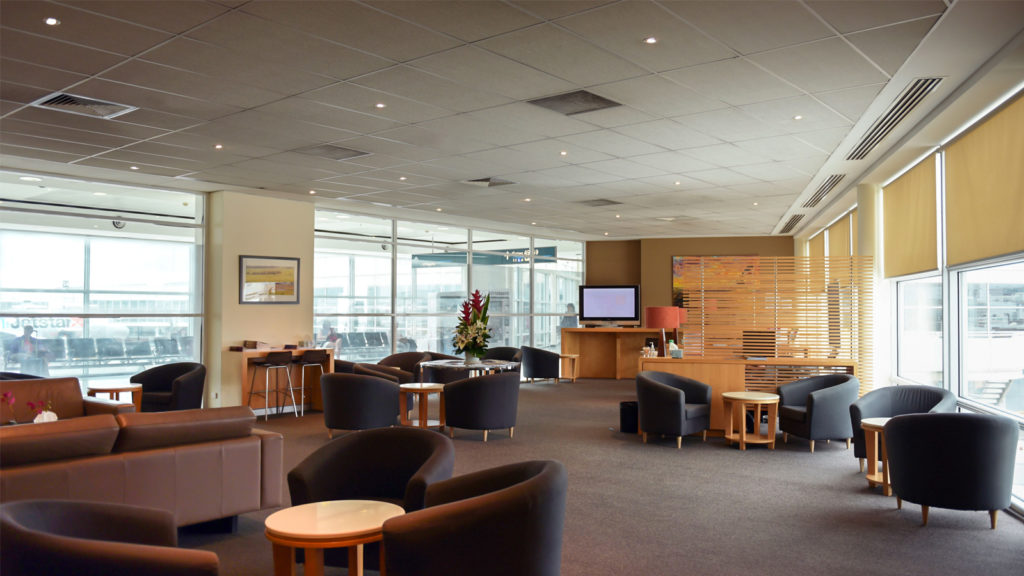
- Their current fleet is comprised of various models of aging Saab aircraft that are due for renewal. In addition, much of the 737 fleets that Rex will look to utilise includes the older models of Virgin Australia’s fleet. So in terms of passenger comfort and chances of delays due to technical issues, Rex will likely be at a disadvantage.
Will Rex likely be successful on the capital city routes?
If you go by history alone, the answer is no. Australia’s aviation market for the past half-century has been characterised by a duopoly, from TAA and Ansett-ANA to Qantas and Ansett Australia and most recently Qantas and Virgin Australia.
There have been numerous examples in the past three decades where challenger third airlines have quickly cropped up, only to disappear in just as quick succession. The airlines either folded, were purchased and then get integrated into one of the larger airlines or had their separate brand retired.
Some examples include:
- Compass Airlines Mk I (folded in 1991)
- Compass Airlines Mk II (folded in 1993)
- Impulse Airlines (purchased by Qantas in 2001 and integrated into the Qantaslink brand)
- OzJet (folded in 2012)
- Tigerair (purchased by Virgin Australia in 2014 and retired brand in 2020)
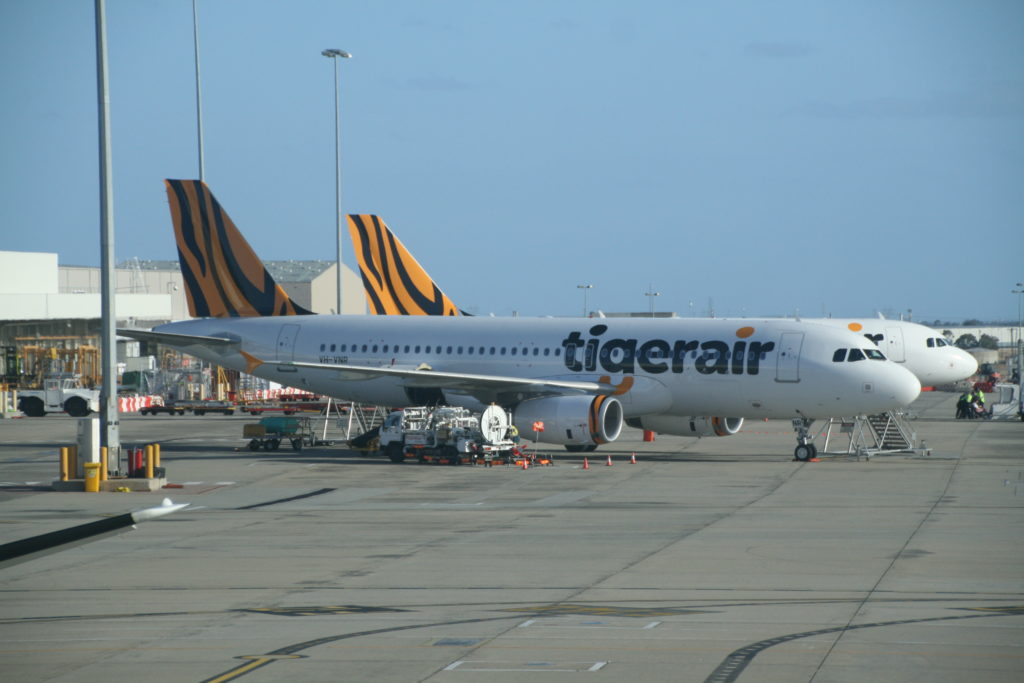
However, Rex comes into this third airline challenger spot from a slightly different position to its predecessors. Firstly, it is looking to introduce a frequent flyer program, which will hope to pry away travellers that are wedged to the Qantas and Velocity programs, on to Rex flights.
And with an already captured segment of the market in terms of rural and regional flyers, these flyers are very likely to embrace a Rex frequent flyer program. They will look to earn points by flying or connecting through with Rex between capital cities.
But will the introduction of a frequent flyer program help Rex succeed in its play to become Australia’s third domestic airline? I believe it will help and here’s why.
Why Rex needs to introduce a frequent flyer program
Rex has stated that they are looking to target both leisure travellers as well Best Fare of the Day (BFOD) business travellers by offering a competitively priced offering. It is understood that Rex’s lower cost base will allow it to compete aggressively against its competitors, including Jetstar, given that the airline does not currently have surplus aircraft that it is housing in storage due to Covid-19 in addition to a generally lower labour cost base.
Traditionally, frequent flyer programs were seen as a benefit for the corporate road warrior, who is likely to fly a full-service airline that offered business-friendly travel products such as Business Class and airport lounges. As such, budget airlines did not look to invest in these programs in order to keep their cost bases down.
However, as the popularity of frequent flyer programs grew and reached into new markets such as leisure travel, so did the expansion of these programs into low-cost airlines.
Today, budget airlines around the world see the benefits in frequent flyer programs, and not just in terms of driving loyalty but also of data capture and the ability to then on-sell further products to their membership base. Think Frontier Airlines, Spirit Airlines, Air Asia and Norwegian Air. Not to mention Jetstar, whose flyers have the option to earn and redeem Qantas Points through special fares purchased under a fare bundle.
What many budget airlines had seen as an unnecessary cost burden for little return has been shown in reality to be an investment well made.
Rex would also be making the same calculation here. All of its targeted markets will see value in the airline having a frequent flyer program, albeit at the cost of a slightly higher cost base. While this will not sway those travellers who are required to fly Rex due to their monopoly position on some routes, it should help the airline retain those customers destined for capital cities or beyond who currently connect on to other airlines to complete their travel.
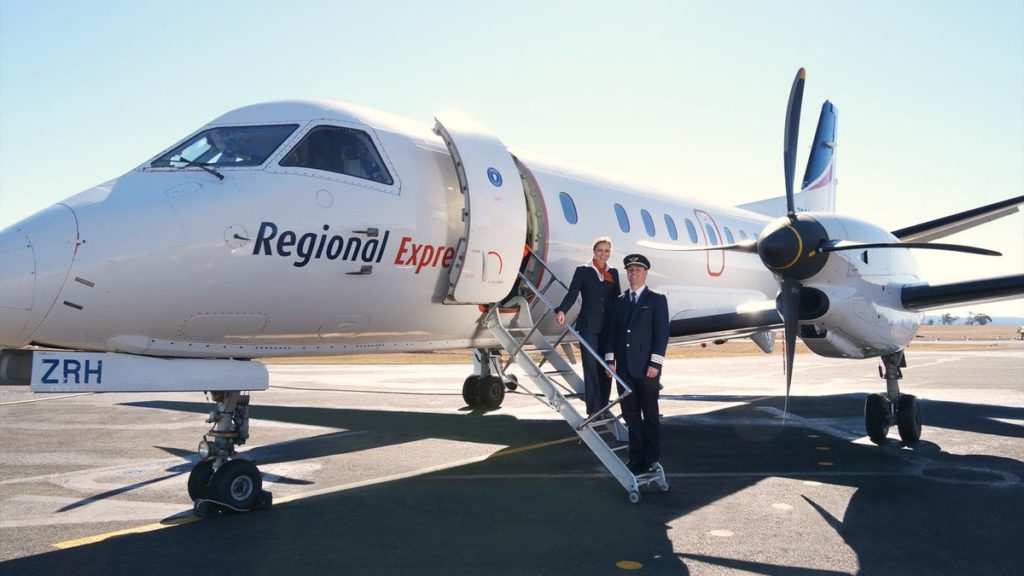
Without a Rex frequent flyer program, the airline runs the risk of losing these travellers who chase points or status or both. And it’s not just ‘connectors’ that they risk losing. What about business travellers?
How often have we heard the following story? A business traveller, constrained by a BFOD policy but wanting to earn frequent flyer points and status credits as a reward from spending time away from their family as well as receiving travel perks seeks out suitable flights. When confronted with suitable BFOD flight options only on a non-bundle Jetstar and the now-defunct Tigerair, the meeting schedule ‘suddenly’ needs to be amended to, wait for it, coincide with a BFOD Qantas or Virgin flight instead? Or the business traveller just remembers they needed to complete Task A or B before the meeting, so will need to travel a couple of hours earlier or later.
Fast forward this scenario to 2021, where a Rex fare pops up as the most suitable BFOD flight for this same business traveller. Without a Rex frequent flyer program, the traveller will again highly likely make the ‘necessary’ changes to land on a Qantas or Virgin flight. But with a program in place, this business traveller may well choose Rex to accumulate and points and status in that program, and receive any business-friendly travel perks that any road warrior knows should never be discounted.
And this is the crux of it. Travellers, both leisure and business, have become accustomed to frequent flyer programs, backed up by the fact that a majority of Australian adults are members of at least one program.
It has been reported that a Rex frequent flyer program may not be established by March 2021 and in fact, could be delayed until well into 2022. This suggests that Rex see their value proposition as twofold, being one in terms of being able to offer the best value fares in the market and two, seamless connectivity from regional flights to capital city destinations.
But these two factors alone may not be enough for travellers that are provided with a range of flight options for their travel, especially for the majority of flyers that predominantly fly between capital cities. Such an omission may well end up being a risky move by Rex, with the potential to lead the airline’s management into erroneous decision-making around its future expansion. Should the take-up of the Golden Triangle route be depressed due to the lack of a frequent flyer program, it may well delay or scuttle any further domestic expansion on the argument that capital city routes are simply not viable for Rex.
What should the program look like?
There is a range of structures that the program can take, from a basic fly x number of times and earn a free flight to the traditional frequent flyer programs that include points earn and status levels.
Given that Rex is looking to place itself as a mid-market airline competing for the same price-conscious leisure and BFOD business travellers as the rebooted Virgin Australia, the new Rex program should be similar in design to Velocity Frequent Flyer.

At the very least, it should consider introducing some form of status levels that will provide tangible travel benefits to the BFOD frequent business travellers. The airline has stated that they are looking to introduce some form of Premium or Business cabin in its 737 fleets, so the inclusion of status levels within the program does seem appropriate.
And for those travellers looking to travel beyond the domestic borders, some form of international partners should be established. Rex currently lacks any real international airline partners or codeshares to not only allow for points earn on flights but also for seamless connectivity when travelling the globe. Such partnerships are not necessary when their market is predominantly regional and rural flyers but will come into sharper focus as their market expands to capital city flyers who are more likely to be frequent global travellers.
Summary
There is no precedent in Australia for three domestic frequent flyer programs, noteably due to previous third airline challengers never launching a program in their chase for budget leisure travellers.
Rex is targeting a different mid-market demographic that will likely be swayed by the benefits offered from a frequent flyer program. The question of whether the Australian market is big enough to sustain a third entrant on the capital city routes is a different question in itself, but with the established airlines reducing their flight schedules, the permanent grounding of Tigerair and the fact that many of Rex’s existing routes are flying profitably, Rex is in with a realistic shot of competing effectively with Qantas, Virgin Australia and Jetstar on city routes.
The timing to introduce a frequent flyer program could be problematic for Rex though. Ideally, the launch should coincide with the commencement of Golden Triangle jet services but this does not appear to be the case. Whether the delay in launching a program will have an effect on travellers airline choice is yet to be seen. However, in a competitive industry where the price and product offerings are likely to be very similar, the ability to receive frequent flyer benefits may prove to be the deciding factor for many travellers, especially business travellers.
For this reason, it is likely that a third frequent flyer program can be sustained. And with a majority of Australian adults being a member of at least one program, airlines exclude this traveller market at their peril.
Check out the other Point Hacks Editor’s View articles here →
Will you look to travel with Rex on the golden triangle once services commence in 2021? We’d love to hear your thoughts.
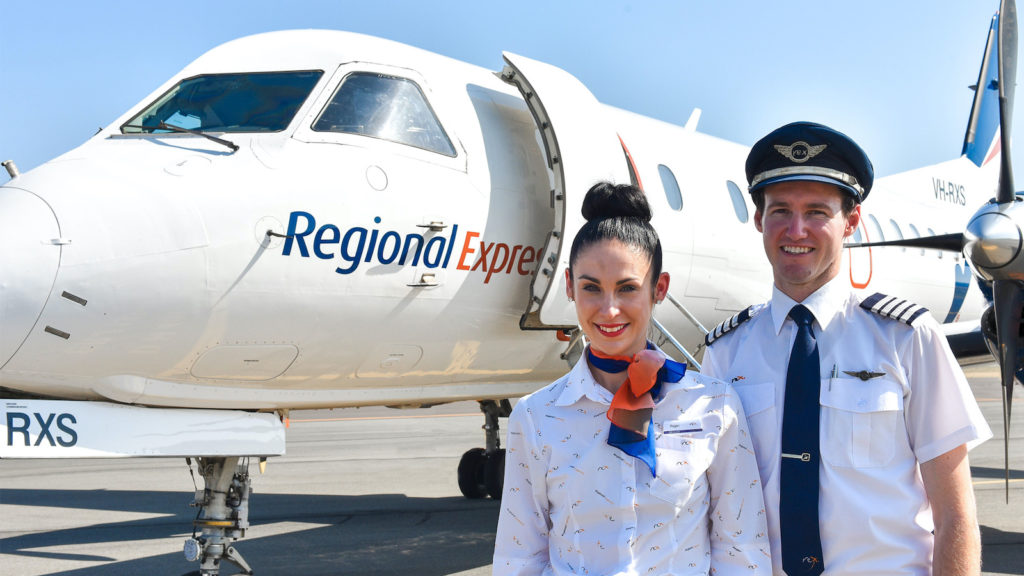
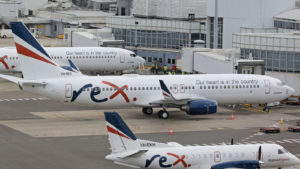
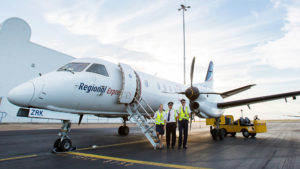



The best benefit for me about FF is the ability to fly on higher classes for INTERNATIONAL flights. Unless Rex can partner with an international airline, their FF program will have limited value